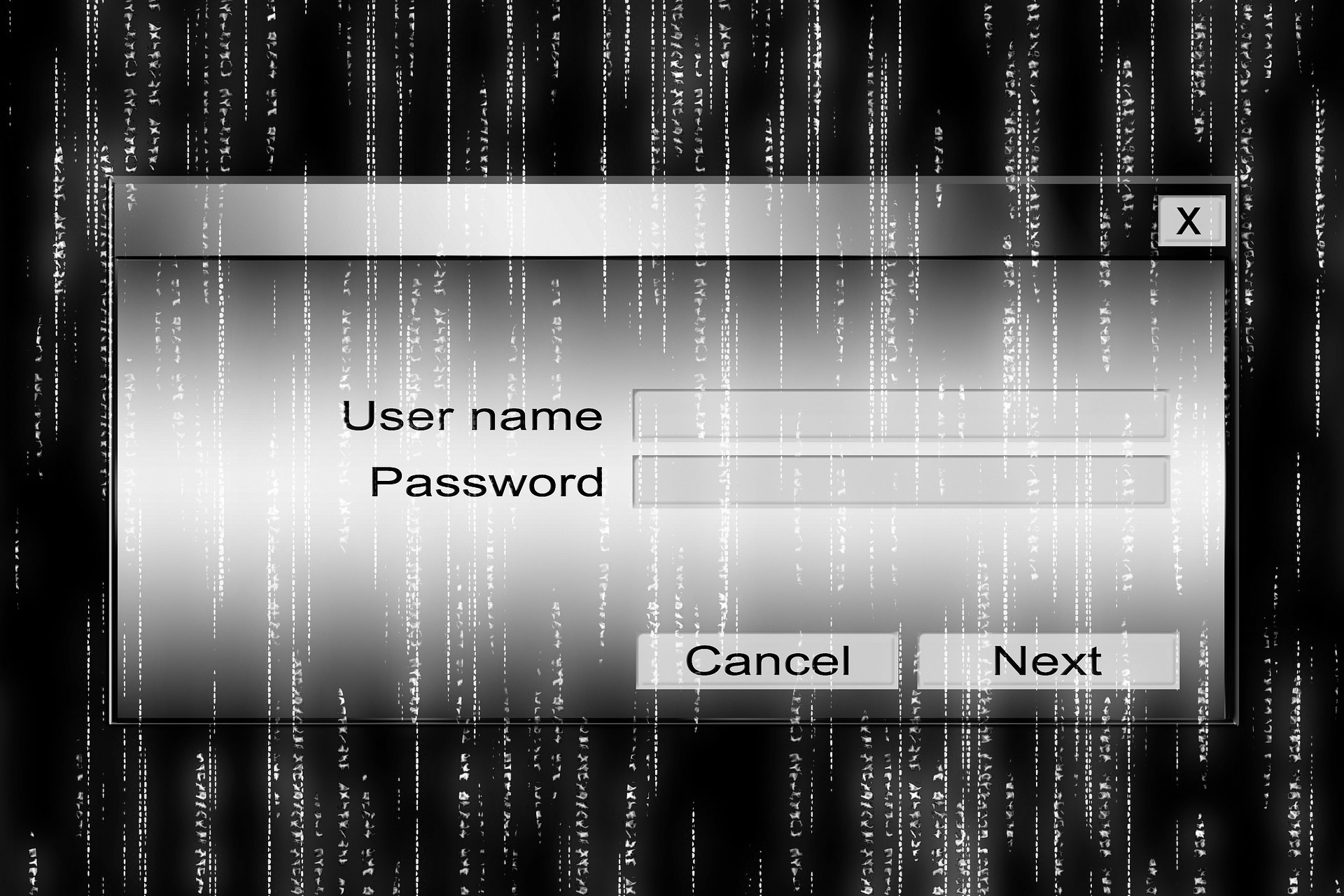In today's interconnected digital landscape, the threat of cyber attacks looms larger than ever. From personal data breaches to sophisticated corporate hacking, the need for robust cybersecurity measures has become paramount. One such measure gaining prominence is Multi-Factor Authentication (MFA), a powerful tool in the fight against unauthorized access and identity theft. This article explores the significance of MFA in fortifying cybersecurity defenses and its increasing adoption across various sectors.
Multi-Factor Authentication, as the name suggests, adds an extra layer of security beyond the traditional username-password combination. It requires users to provide two or more verification factors to gain access to a system or an account, typically something they know (like a password), something they have (like a smartphone or a security token), or something they are (biometric data such as fingerprints or facial recognition). This multi-layered approach significantly reduces the risk of unauthorized access, as even if one factor is compromised, the attacker would still need to bypass additional security measures.
One of the primary advantages of MFA is its effectiveness in thwarting common cyber threats like phishing and brute-force attacks. Phishing attempts, where attackers trick users into divulging their login credentials through fraudulent emails or websites, are rendered futile against MFA-protected accounts. Even if a user unwittingly discloses their password, the additional authentication factor serves as a barrier, preventing unauthorized access. Similarly, brute-force attacks, where attackers attempt to guess passwords through automated trial and error, are significantly impeded by MFA, as the likelihood of guessing both the password and the secondary authentication factor is exponentially lower.
Moreover, MFA offers enhanced security for remote access and cloud-based services, which have become indispensable in today's remote work culture. With employees accessing sensitive corporate data from various locations and devices, traditional security measures like firewalls and antivirus software are no longer sufficient. MFA adds an extra layer of protection, ensuring that only authorized personnel with valid credentials can access critical systems and information, regardless of their location or the device they use.
The adoption of MFA is not limited to corporate environments; it has also become increasingly prevalent in personal online accounts and consumer-facing services. Major tech companies, social media platforms, and financial institutions now offer MFA as an option to their users, encouraging them to enable this feature for added security. End-users are gradually realizing the importance of safeguarding their digital identities and are more willing to embrace MFA as a proactive measure against cyber threats.
Despite its numerous benefits, the adoption of MFA is not without challenges. One of the primary concerns is user experience and convenience. While MFA significantly enhances security, it can also introduce friction into the authentication process, potentially leading to user frustration and resistance. Balancing security with usability is crucial in designing MFA systems that are both effective and user-friendly. Solutions like biometric authentication and push notifications help streamline the authentication process, reducing friction without compromising security.
Another challenge is the management and implementation of MFA across various platforms and systems. With the proliferation of cloud-based services and the BYOD (Bring Your Own Device) trend, ensuring consistent MFA policies and enforcement across different environments can be complex. Organizations need to invest in centralized identity and access management solutions that support MFA integration across all their systems and applications.
In conclusion, Multi-Factor Authentication represents a crucial pillar in modern cybersecurity defense strategies. Its ability to mitigate common cyber threats, enhance remote access security, and protect personal and corporate data makes it indispensable in today's digital landscape. While challenges like user experience and implementation complexity exist, the benefits of MFA far outweigh the obstacles, making it an essential tool for safeguarding digital identities and sensitive information. As cyber threats continue to evolve, the adoption of MFA will undoubtedly remain a cornerstone of robust cybersecurity practices.
Read also: The COVID-19 Pandemic's Impact on Mobile Device Security
Note: If you have more questions about the current topics, such as Data management and Security, Cybersecurity, IT Management, VPN and so on, please don't hesitate to reach out to us. We are more than happy to help!

